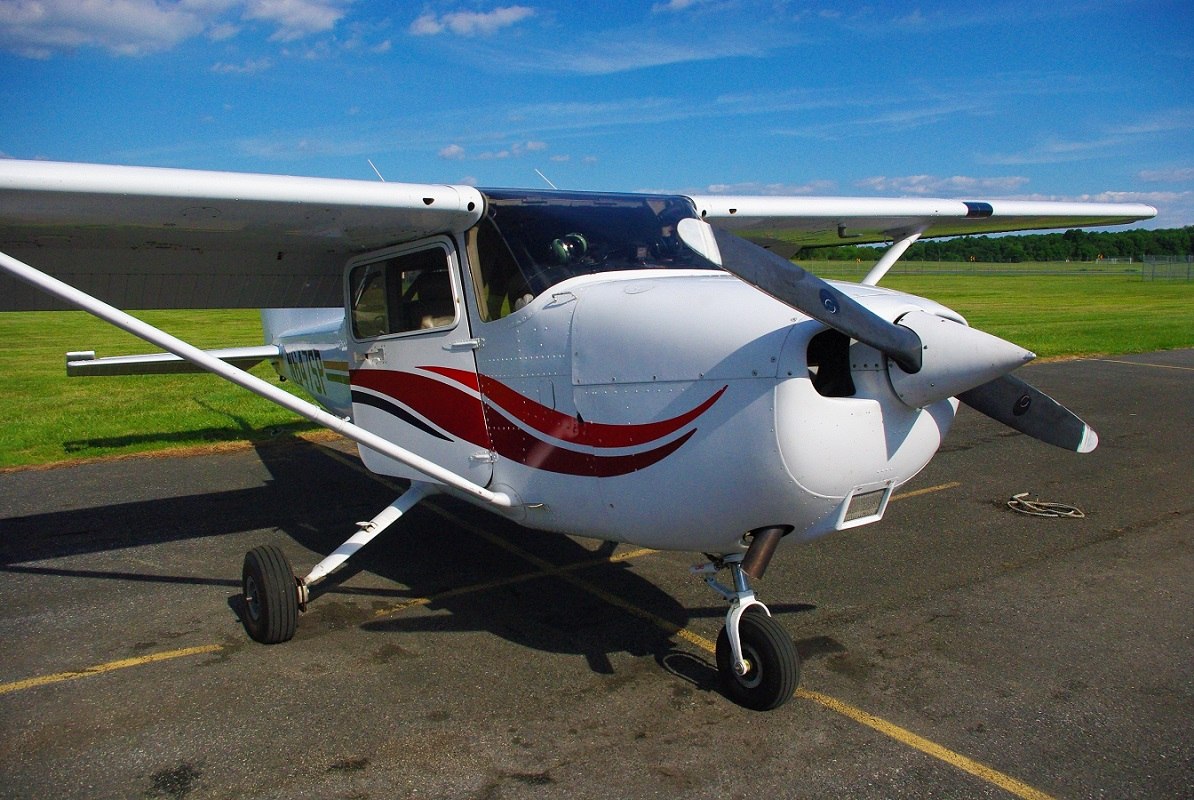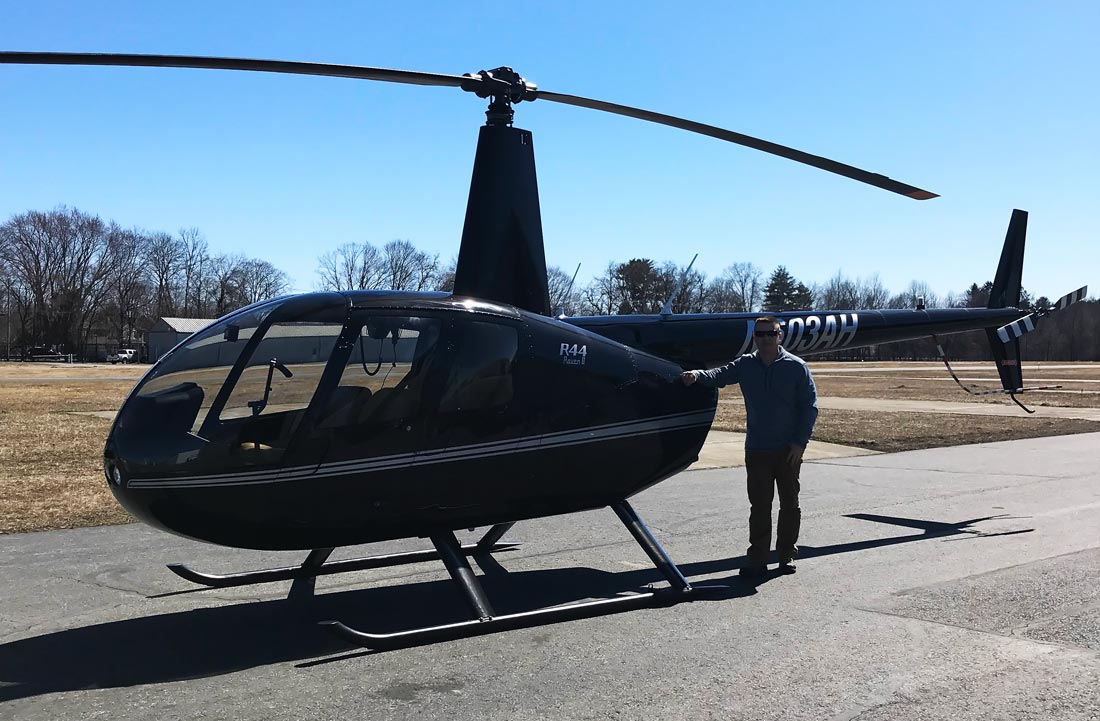Renter’s Aircraft Insurance Coverage: The Hidden Danger
General aviation faces many challenges today. There is increased security and airspace regulation. Economic challenges have slowed the progress of general aviation. As a result the traditional small to medium FBO infrastructure is challenged to survive. Part of this problem is caused by the increase in insurance costs driven by increased costs to repair aircraft and an increasingly litigious society.
Frequently unnoticed in all of this is a general aviation problem that is often “under the radar” – hundreds of thousands of renters and borrowers of aircraft who are flying without any insurance coverage at all. These pilots are exposed to serious financial loss and legal headaches that may haunt them for the rest of their lives, and yet they blissfully continue to fly unprotected.
What are the “exposures” these pilots face?
The most obvious is damage to the rented or borrowed aircraft itself (Aircraft Damage Liability or ADL). If the borrowing or renting (non owner) pilot causes that damage, there is a strong likelihood that he or she will be held responsible, if not by the owner of the aircraft, then by the owner’s insurer through a process called “subrogation.” The insurer will seek to recover the amount it has paid out to the owner, and the owner will want to recover his or her deductible.
Less obvious, but potentially much more serious, is bodily injury to passengers and people outside the aircraft. Another exposure often overlooked is damage to the property of others – including other aircraft, hangars, cars, runway lights, houses, etc. One pilot, a few years ago, knocked out the power grid to thousands of residences and businesses when he damaged a tower carrying electrical power.
The exposure most frequently overlooked, however, is not the injury or damage caused to others, but rather the cost to defend oneself from the litigation that arises out of the accident. It’s a scary prospect to face a plaintiff’s attorney alone, and an expensive and difficult prospect to find and fund an aviation-savvy attorney out of your own pocket.
So why doesn’t everyone buy this coverage?
And why do they continue to rent or borrow aircraft with no protection from loss?
• Many non-owner pilots think they are covered under the FBO’s or owner’s policy. In a few instances, they may be, but many FBOs are no longer providing coverage for renters due to the cost.
• In addition, the renter pilot doesn’t know what coverage, if any, he or she may have under the owner or operator’s policy. What if the owner or operator’s policy has lapsed or been cancelled at the time a loss occurs?
In sum, the major reason for the prevailing ignorance about non-owned coverage is a lack of understanding of the need for this coverage. (This ignorance is not because the coverage is complicated or difficult to understand; rather, non-owners don’t realize they need it.) Most insurance companies sell their products through commissioned agents, and commissions for non-owned pilot insurance are low. Investing time in helping the pilot community understand the need for this insurance has not been a priority of insurers or their agents. But now, Avemco Insurance Company seeks to enlighten the renting pilot about the critical need for this product. Avemco®, as the only direct writer of aviation insurance, is able to quickly and economically provide this coverage And Avemco has the knowledgeable staff and systems to devote toward pilot education.
Non-owned coverage not only provides needed protection to pilots but also benefits FBO’s in several ways: (1) Renter coverage could take care of the deductible portion of the FBO’s loss; (2) ADL coverage could reduce or eliminate the hull loss paid by the FBO’s insurer when the loss is a result of the renter’s negligence; and (3) Renter coverage may broaden the sources of potential insurance recovery in the event of an accident, which could ultimately result in lower insurance costs for the FBO.
There is one final person that would benefit from increased renter aircraft insurance – the injured person. When an accident causes bodily injury or property damage, a loss settlement is typically more likely if the responsible renter or borrower has non-owned coverage. And, as mentioned above, the renter will have the benefit of coverage for his or her defense costs, as well.
Avemco makes the difference.
As the only direct writer of general aviation insurance, Avemco wishes to help our industry, and has accordingly undertaken a major initiative to educate the general aviation community about the need for non-owned aircraft insurance. Compared to most costs in general aviation, non-owned aircraft coverage is relatively inexpensive and can go a long way towards addressing some of the problems the industry faces. If you fly rented or borrowed aircraft, Avemco offers coverage that will help protect your interests. It just doesn’t make sense to “go bare” and accept all the risk on your own.















This is a good sales pitch, but what would be most helpful is a more detailed explanation of how to determine what amounts/limits need to be bought on the policy. How much coverage do I need when renting or borrowing a $30,000 airplane? How about a $200,000 airplane? What optional coverages do I need and how do I determine the appropriate amounts of coverage to buy? There are options on my non-owned policy that I thought I understood, but on review, I am not so sure anymore whether I have over or underinsured myself.
this is from AVEMCO:
Dan,
I have passed your comment on to AVEMCO for amended information. Thanks for the feedback and we will get you answers soon!